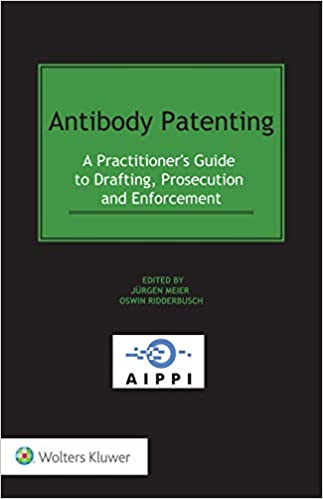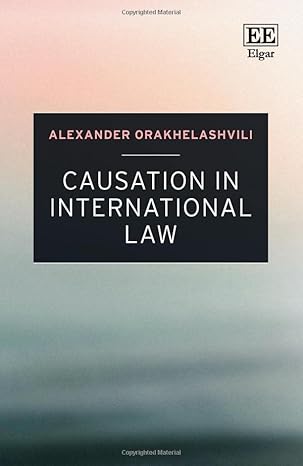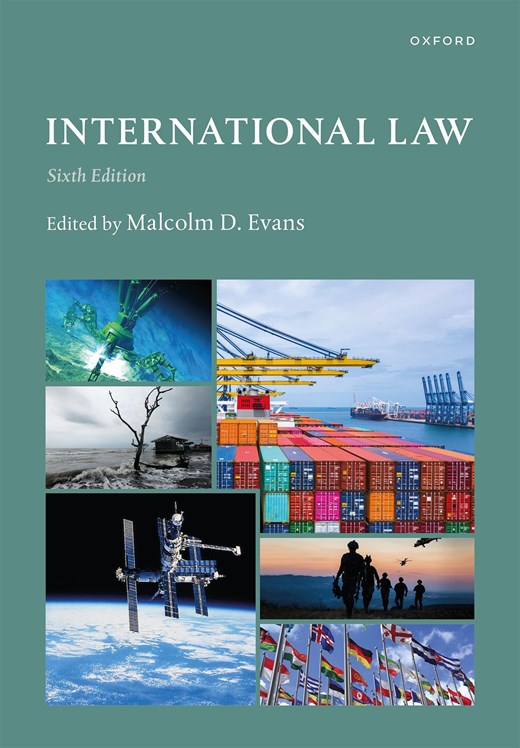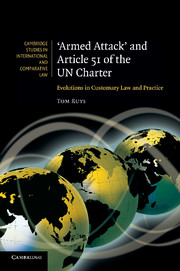Antibodies have revolutionized medicine and biotechnology, and have become indispensable tools in therapy, diagnostics, analytics, and research. Therapeutic antibodies, for example, have come to dominate the ranks of blockbuster drugs, currently accounting for 10 out of the top 15 best-selling medicines. At the same time, a body of case law dealing specifically with the patentability of antibody-related inventions and the enforcement of antibody patents has emerged in major jurisdictions. The, at times, significant divergences between different jurisdictions have been compounded by recent decisions in the United States, most notably Amgen v. Sanofi, 872 F.3d 1367 (Fed. Cir. 2017), which have severely curtailed the possibilities to obtain broad antibody patents. It is therefore essential to understand how antibody inventions are assessed in different jurisdictions in order to secure an optimal patent protection and to successfully enforce such patents.
This book provides practitioners with a comprehensive resource elucidating all aspects of the patenting of antibodies from initial drafting and prosecution to enforcement, using a country-by-country format. It covers 23 of the most important IP jurisdictions worldwide – i.e., the European Patent Office, France, Germany, Italy, the Netherlands, Poland, Spain, Switzerland, the United Kingdom, Israel, the United States of America, Argentina, the Andean Community (Bolivia, Colombia, Ecuador, and Peru), Brazil, Canada, Chile, Mexico, China, India, Japan, Singapore, South Korea, and Australia. The 35 contributors to this book, all distinguished experts in this field, provide clear and practice-oriented advice on a range of topics including:
– Which types of antibody inventions are patent-eligible?
– Which types of functional and structural features are accepted for claiming antibodies?
– What needs to be considered when defining antibodies in terms of their antigen, target affinity, binding specificity, epitope, competitive binding and other characteristics in relation to reference antibodies, as well as their effects on the target?
– Which pitfalls must be avoided when defining amino acid sequences, chemical modifications or glycosylation patterns, and when relying on cell line deposits?
– Which breadth of claims is accepted for antibody inventions, and what experimental support is required?
– Which specific medical applications of antibodies can be claimed?
– How is inventive step assessed in the specific case of antibody inventions?
– What has to be considered when enforcing antibody patents, including in relation to biosimilars as well as the doctrine of equivalence?
All chapters follow the same structure, which makes this book easily accessible and allows a direct comparison between different jurisdictions. Practitioners will find the much-needed tools and guidance to secure the best possible patent protection for antibody inventions in 23 of the most important jurisdictions worldwide.
This book is the fifth volume in the AIPPI Law Series which has been established together with the International Association for the Protection of Intellectual Property (AIPPI), a non-affiliated, non-profit organization dedicated to improving and promoting the protection of intellectual property at both national and international levels.
چکیده فارسی
آنتی بادیها پزشکی و بیوتکنولوژی را متحول کردهاند و به ابزارهای ضروری در درمان، تشخیص، تجزیه و تحلیل و تحقیق تبدیل شدهاند. برای مثال، آنتیبادیهای درمانی بر ردهبندی داروهای پرفروش تسلط یافتهاند و در حال حاضر 10 دارو از 15 داروی پرفروش را تشکیل میدهند. در همان زمان، مجموعهای از قوانین قضایی که به طور خاص با قابلیت ثبت اختراعات مرتبط با آنتیبادی و اجرای پتنتهای آنتیبادی سروکار دارند، در حوزههای قضایی اصلی پدیدار شدهاند. گاهی اوقات، اختلافات قابل توجه بین حوزه های قضایی مختلف با تصمیمات اخیر در ایالات متحده ترکیب شده است، به ویژه Amgen v. Sanofi, 872 F.3d 1367 (Fed. Cir. 2017) که به شدت امکان به دست آوردن پتنت آنتی بادی گسترده را محدود کرد. بنابراین درک نحوه ارزیابی اختراعات آنتیبادی در حوزههای قضایی مختلف به منظور تضمین حفاظت از حق ثبت اختراع و اجرای موفقیتآمیز چنین پتنتهایی ضروری است.
این کتاب منبع جامعی را در اختیار پزشکان قرار میدهد که تمام جنبههای ثبت اختراع آنتیبادیها را از تهیه اولیه و پیگرد قانونی تا اجرا، با استفاده از قالب کشور به کشور، روشن میکند. این 23 مورد از مهمترین حوزه های قضایی IP در سراسر جهان را پوشش می دهد - به عنوان مثال، اداره ثبت اختراع اروپا، فرانسه، آلمان، ایتالیا، هلند، لهستان، اسپانیا، سوئیس، بریتانیا، اسرائیل، ایالات متحده آمریکا، آرژانتین، جامعه آند. (بولیوی، کلمبیا، اکوادور و پرو)، برزیل، کانادا، شیلی، مکزیک، چین، هند، ژاپن، سنگاپور، کره جنوبی و استرالیا. 35 مشارکت کننده در این کتاب، که همه متخصصان برجسته در این زمینه هستند، توصیه های واضح و عملی را در مورد طیف وسیعی از موضوعات از جمله:
ارائه می کنند.
– کدام نوع از اختراعات آنتی بادی واجد شرایط ثبت اختراع هستند؟
– کدام نوع ویژگیهای عملکردی و ساختاری برای ادعای آنتیبادیها پذیرفته میشوند؟
– هنگام تعریف آنتی بادی ها از نظر آنتی ژن، میل ترکیبی هدف، ویژگی اتصال، اپی توپ، اتصال رقابتی و سایر خصوصیات در رابطه با آنتی بادی های مرجع، و همچنین اثرات آنها بر هدف، چه چیزی باید در نظر گرفته شود؟
– هنگام تعریف توالی اسیدهای آمینه، اصلاحات شیمیایی یا الگوهای گلیکوزیلاسیون، و هنگام تکیه بر رسوبات رده سلولی از کدام دام ها باید اجتناب کرد؟
– چه وسعتی از ادعاها برای اختراعات آنتی بادی پذیرفته شده است، و چه پشتیبانی آزمایشی مورد نیاز است؟
– کدام کاربردهای پزشکی خاص از آنتی بادی ها را می توان ادعا کرد؟
– مرحله اختراع در مورد خاص اختراعات آنتیبادی چگونه ارزیابی میشود؟
– هنگام اجرای پتنت های آنتی بادی، از جمله در رابطه با بیوسیملارها و همچنین دکترین هم ارزی، چه چیزی باید در نظر گرفته شود؟
همه فصلها از ساختار یکسانی پیروی میکنند که باعث میشود این کتاب به راحتی در دسترس باشد و امکان مقایسه مستقیم بین حوزههای قضایی مختلف را فراهم میکند. پزشکان ابزارها و راهنماییهای بسیار مورد نیاز را برای تضمین بهترین حق ثبت اختراع ممکن برای اختراعات آنتیبادی در ۲۳ مورد از مهمترین حوزههای قضایی در سراسر جهان پیدا خواهند کرد.
این کتاب پنجمین جلد از مجموعه قوانین AIPPI است که همراه با انجمن بین المللی حمایت از مالکیت فکری (AIPPI)، یک سازمان غیروابسته و غیرانتفاعی که به بهبود و ارتقای حمایت از حقوق بشر اختصاص دارد، تأسیس شده است. مالکیت معنوی در سطح ملی و بین المللی.
ادامه ...
بستن ...










